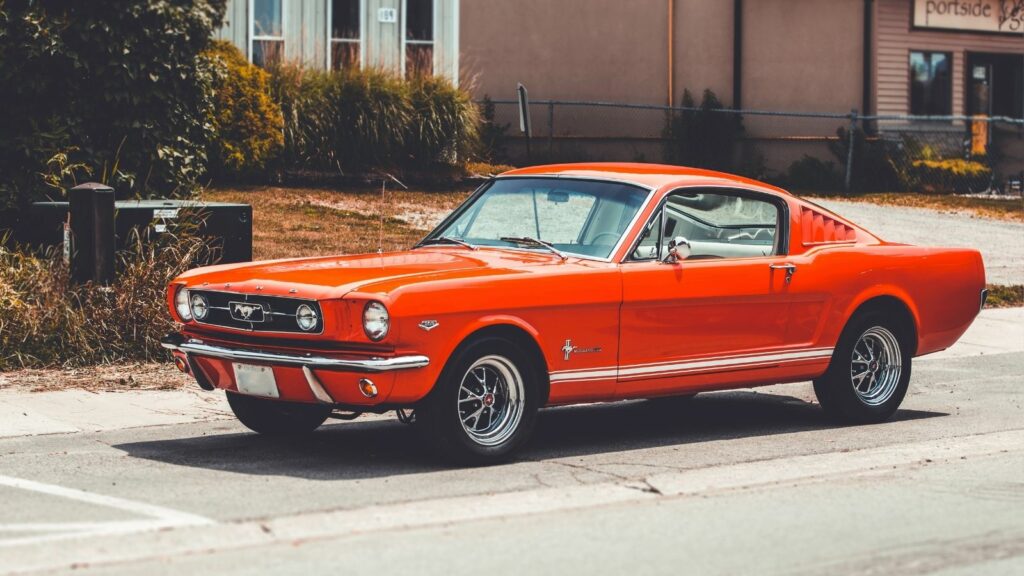A classic cruiser is not just a car—it’s a rolling work of art, an ode to an era when chrome was king and curves were bold. These road-ready classics are more than just vehicles; they’re nostalgia on wheels, capable of turning heads faster than a two-for-one sale at a tire shop. Here are 21 classic cruisers still prowling the streets and stealing hearts.
1967 Chevrolet Impala
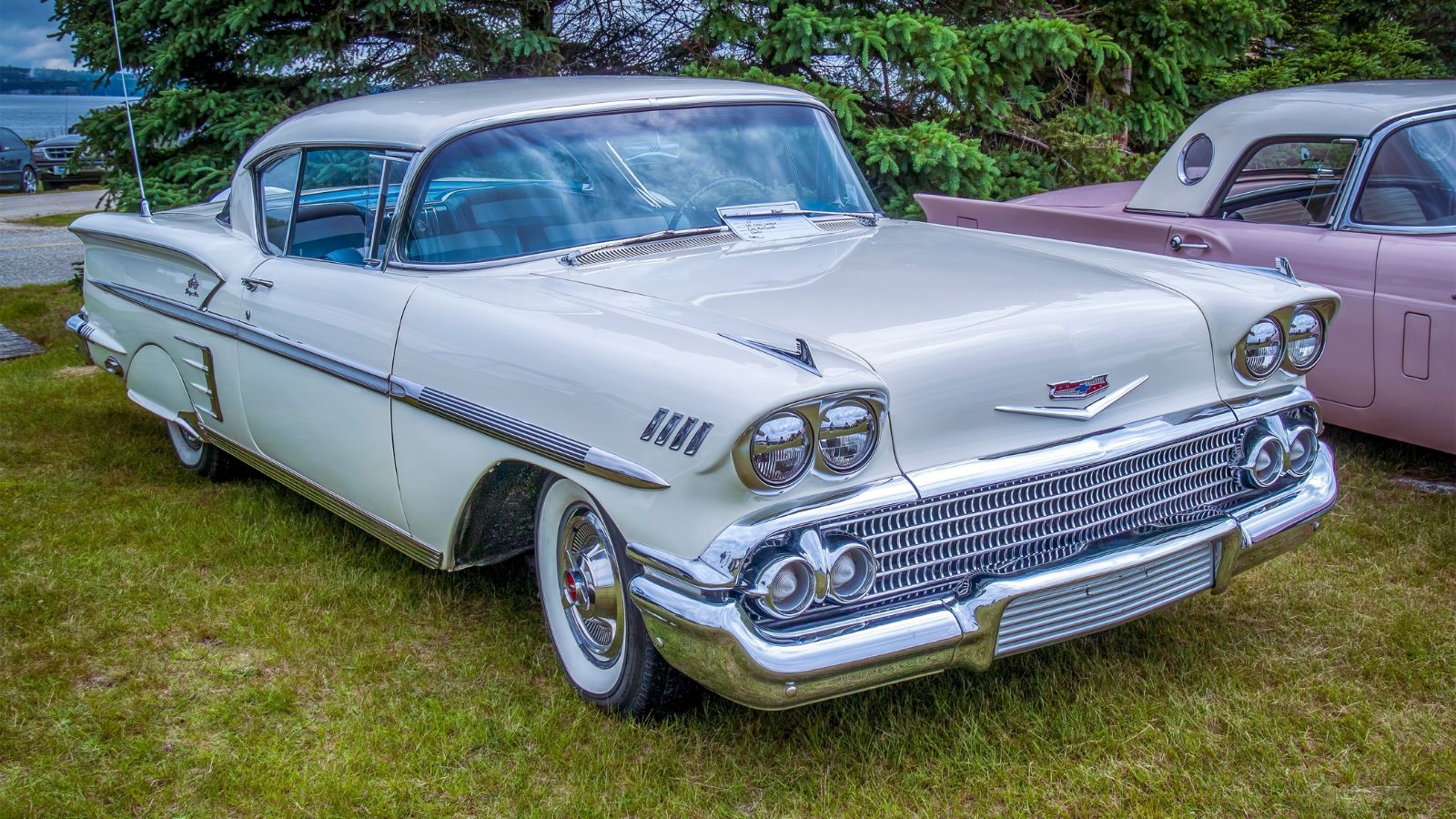
The 1967 Chevrolet Impala is as American as apple pie and Bruce Springsteen. The Impala starred in the muscle car golden age with its sweeping lines and expansive front grille. And the Impala offered a lineup of engines, from a modest 250-cubic-inch inline-six to a ferocious 427-cubic-inch V8 producing up to 385 horsepower. It’s also the dreamboat for fans of Supernatural, thanks to its role as Dean Winchester’s beloved “Baby.”
1964 Ford Mustang
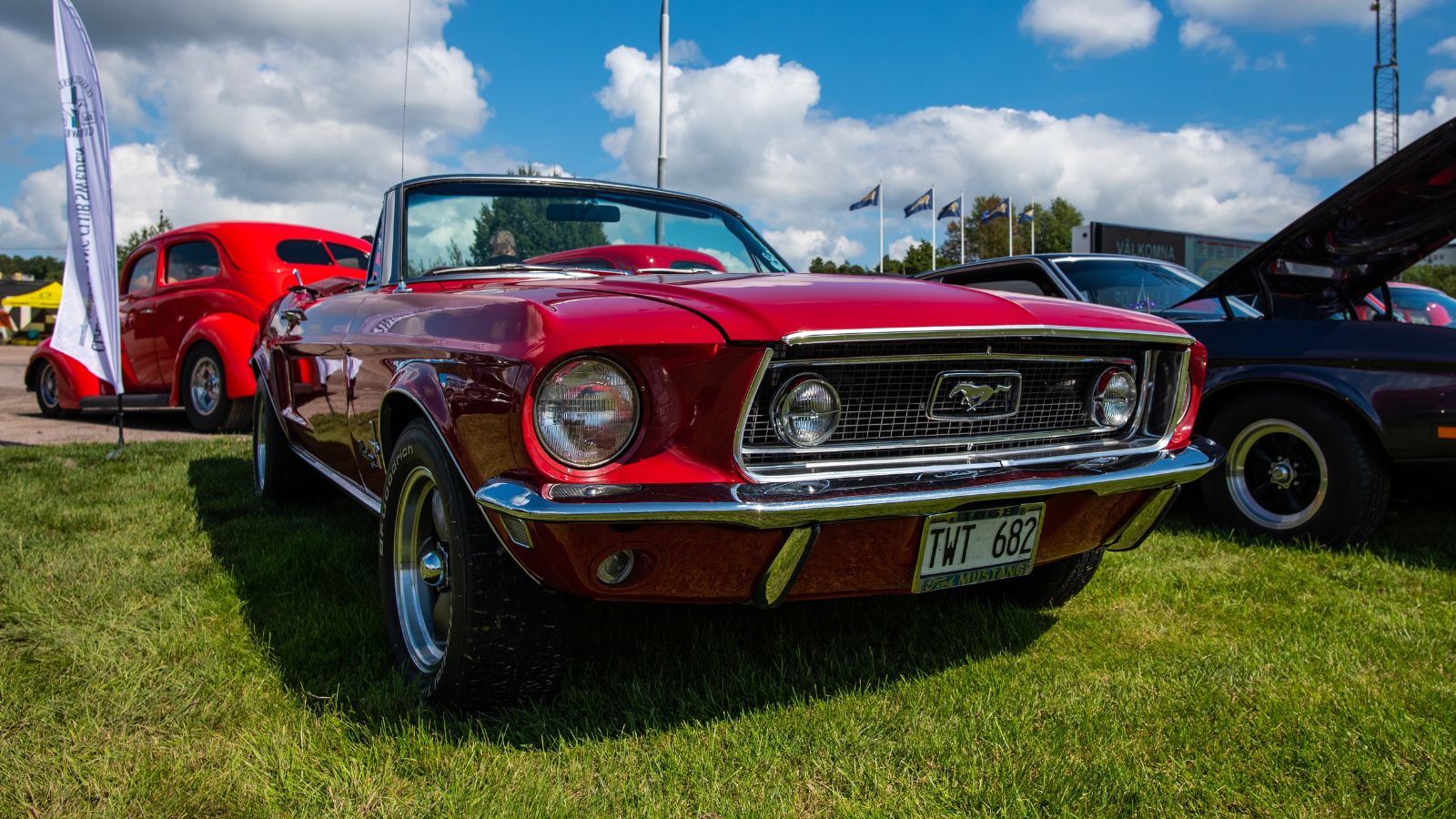
When Ford introduced the Mustang in 1964, it didn’t just launch a car; it sparked a revolution. Built on the Ford Falcon chassis, the Mustang offered customization options, including convertible and coupe body styles, trim packages, and engines ranging from a 2.8L inline-six to a 4.7L V8. Even today, spotting a first-gen Mustang with its pony badge and galloping spirit feels like catching a glimpse of Elvis Presley cruising Route 66.
1969 Dodge Charger
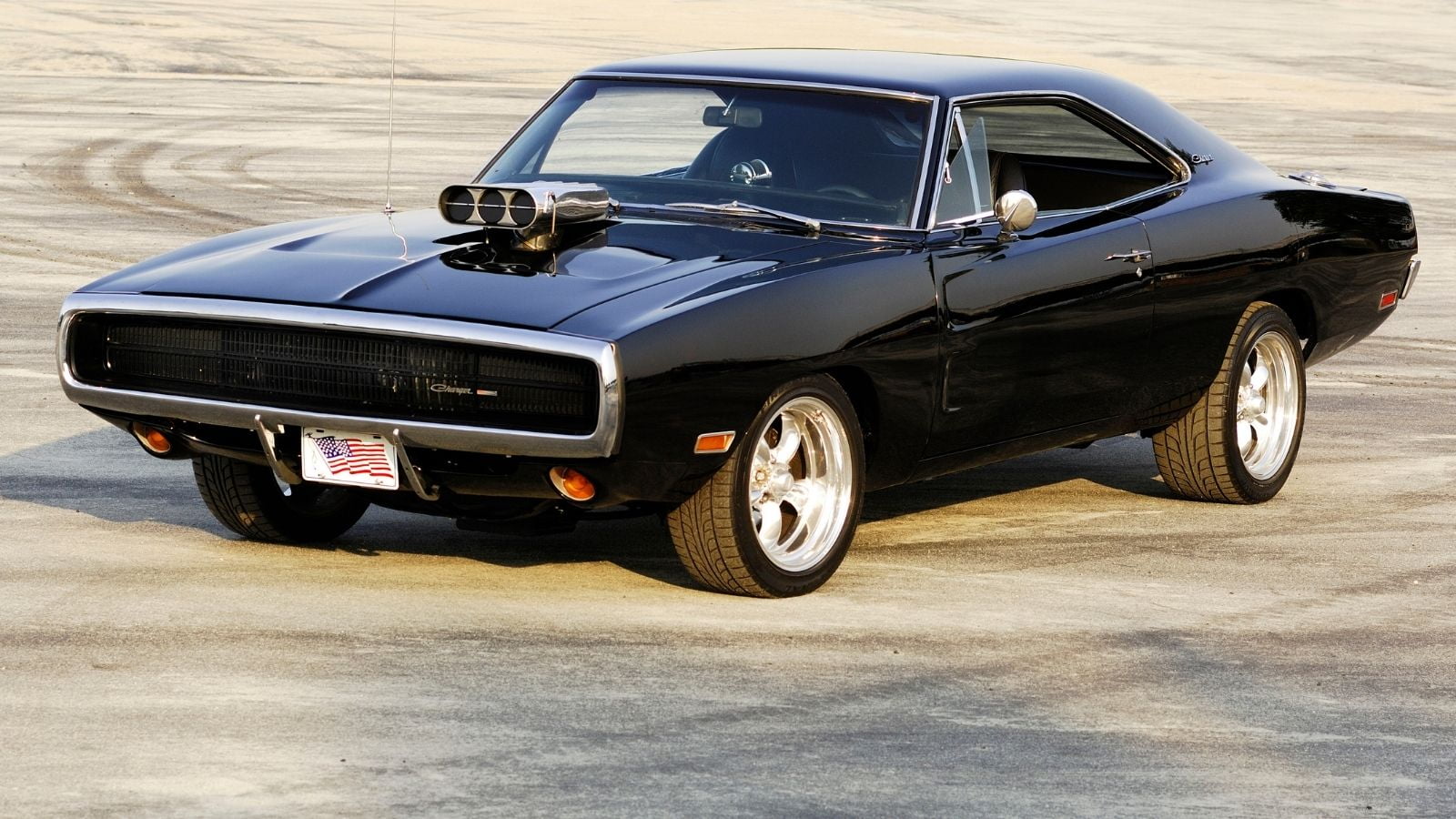
If there’s one car that embodies rebellion, it’s the 1969 Dodge Charger. Its distinct “Coke bottle” styling, with hidden headlights and a full-width grille, gave it an aerodynamic and menacing look. Made famous by The Dukes of Hazzard, this muscular marvel packs raw power and a silhouette sharper than your grandpa’s razor.
1970 Chevrolet Chevelle SS

This second-generation Chevelle mainly featured a bold, split-bar grille flanked by quad headlights, a muscular stance, and sculpted body lines. Also, its hallmark “cowl induction” hood wasn’t just for show—it funneled cold air directly into the engine for added horsepower. Plus, it looks just as good idling at a stoplight as screaming down the highway at speeds your insurance company frowns upon.
1957 Chevrolet Bel Air
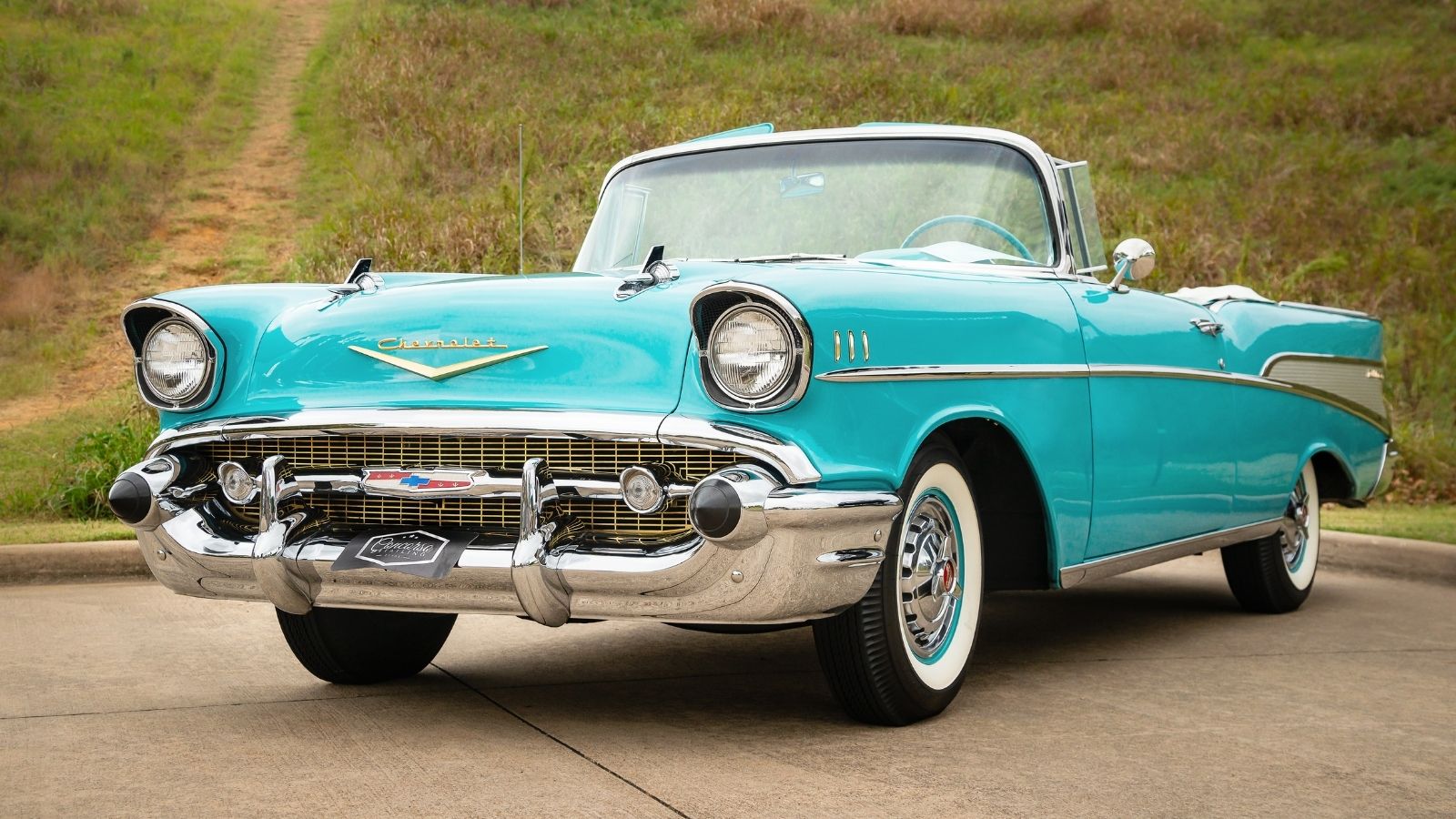
Few cars scream “1950s Americana” quite like the ’57 Bel Air. With its glitzy chrome accents, tailfins ready to launch into space, and a two-tone paint job often brighter than a Vegas casino, this car is a head-turner of the highest order. Also, beyond its mechanical prowess, the 1957 Bel Air became a cultural symbol, appearing in countless movies and TV shows. It’s no wonder this Chevy is a staple at classic car shows.
1963 Corvette Sting Ray
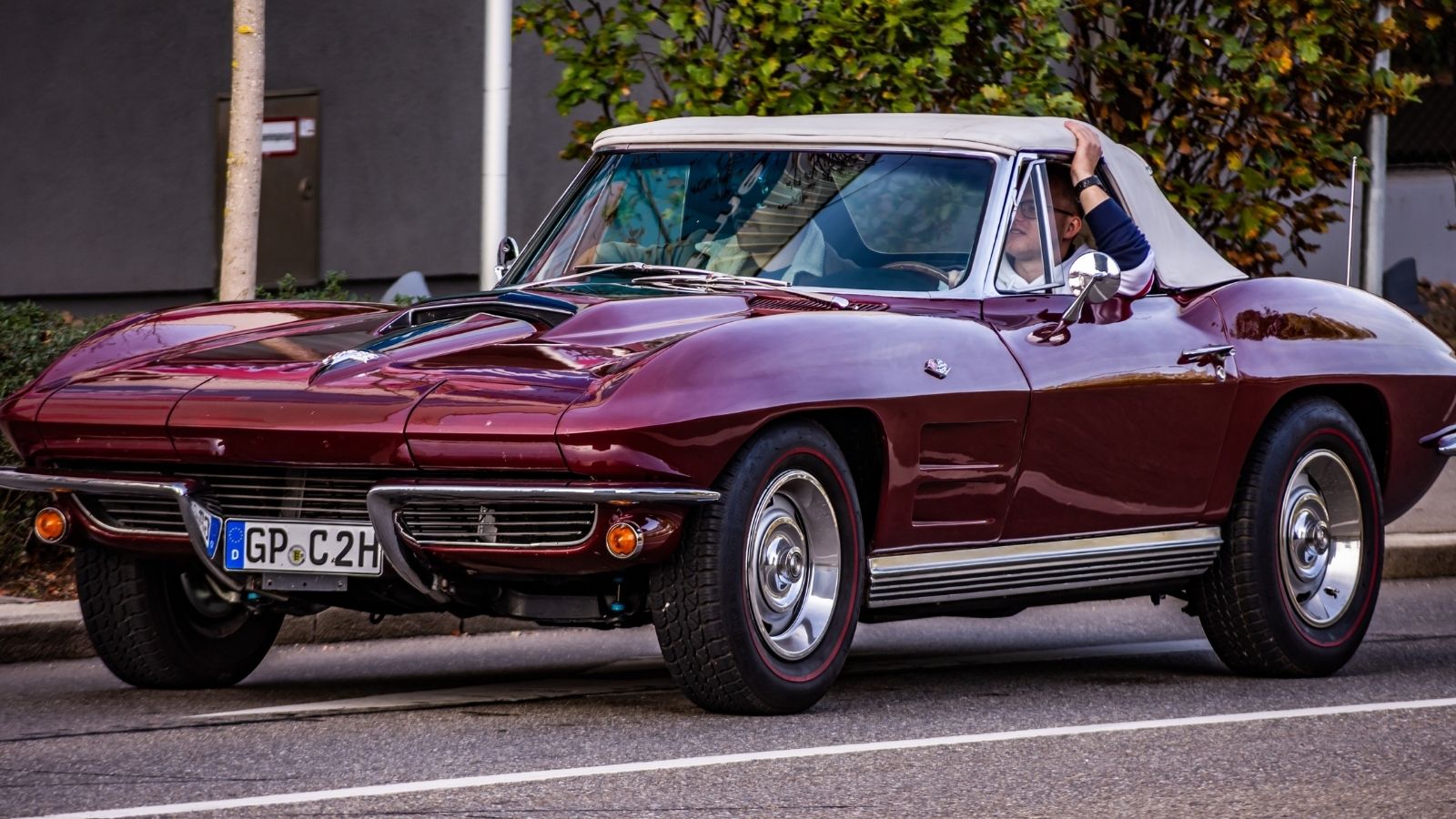
The 1963 Corvette Sting Ray isn’t just a car; it’s a sculpture. Built on a new independent rear suspension chassis, the Sting Ray delivered exceptional handling, making it a genuine sports car contender. Also, available in coupe or convertible, it sold 21,513 units that year—an impressive leap in popularity. Driving one feels like starring in your secret agent movie, sans the gadgets (but hopefully with better driving skills).
1981 DeLorean DMC-12
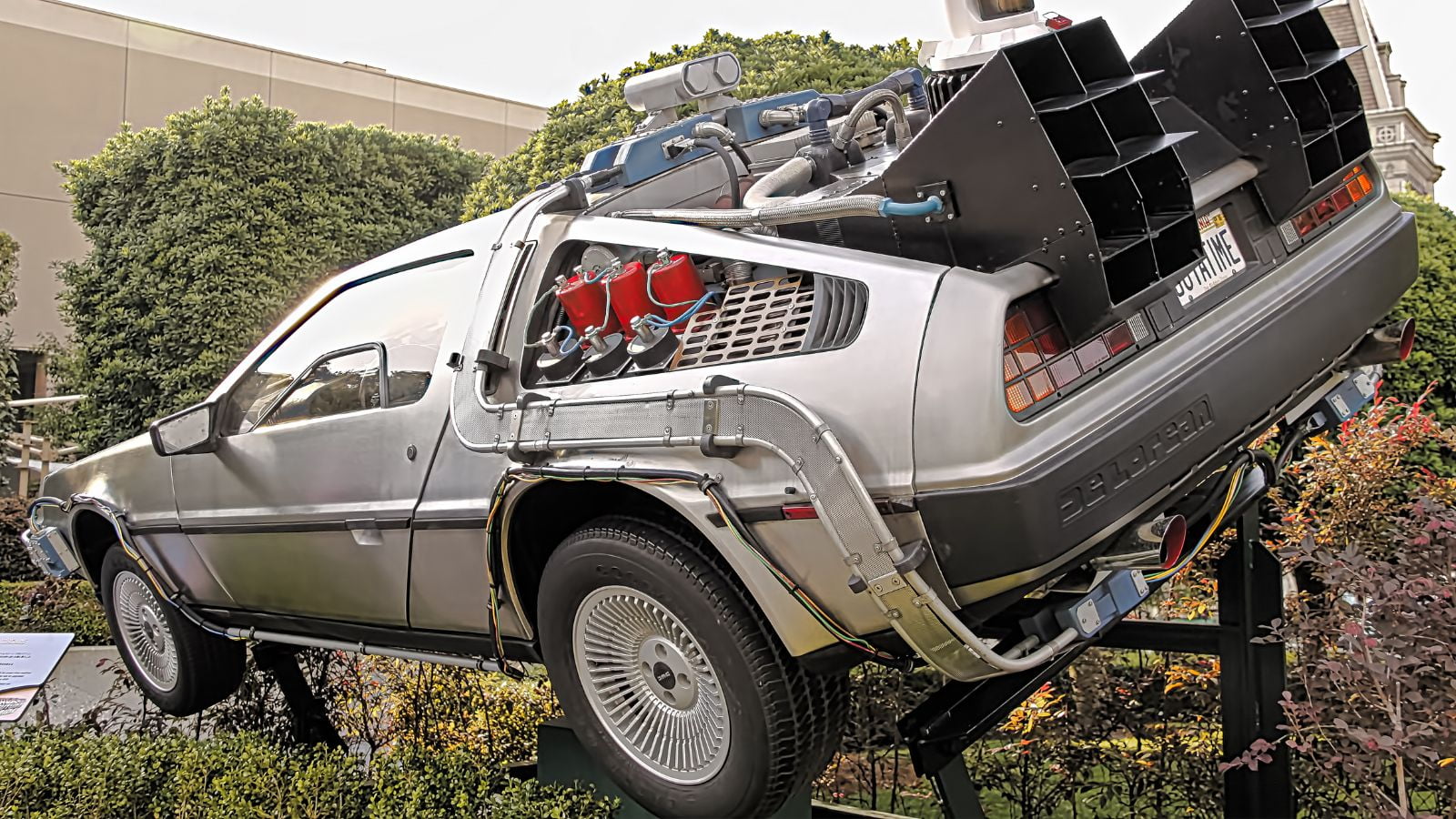
Okay, so the DeLorean might be more famous for time-traveling in Back to the Future than for its performance specs, but hear us out. Financial difficulties marred the car’s production, and only about 9,000 units were built before the company went bankrupt in 1982. Yet, its status as a cultural icon endures, with enthusiasts preserving and restoring the car today. The DMC-12’s stainless-steel bodywork was not just for show—it never rusted, which was one of its more practical features.
1969 Plymouth Road Runner
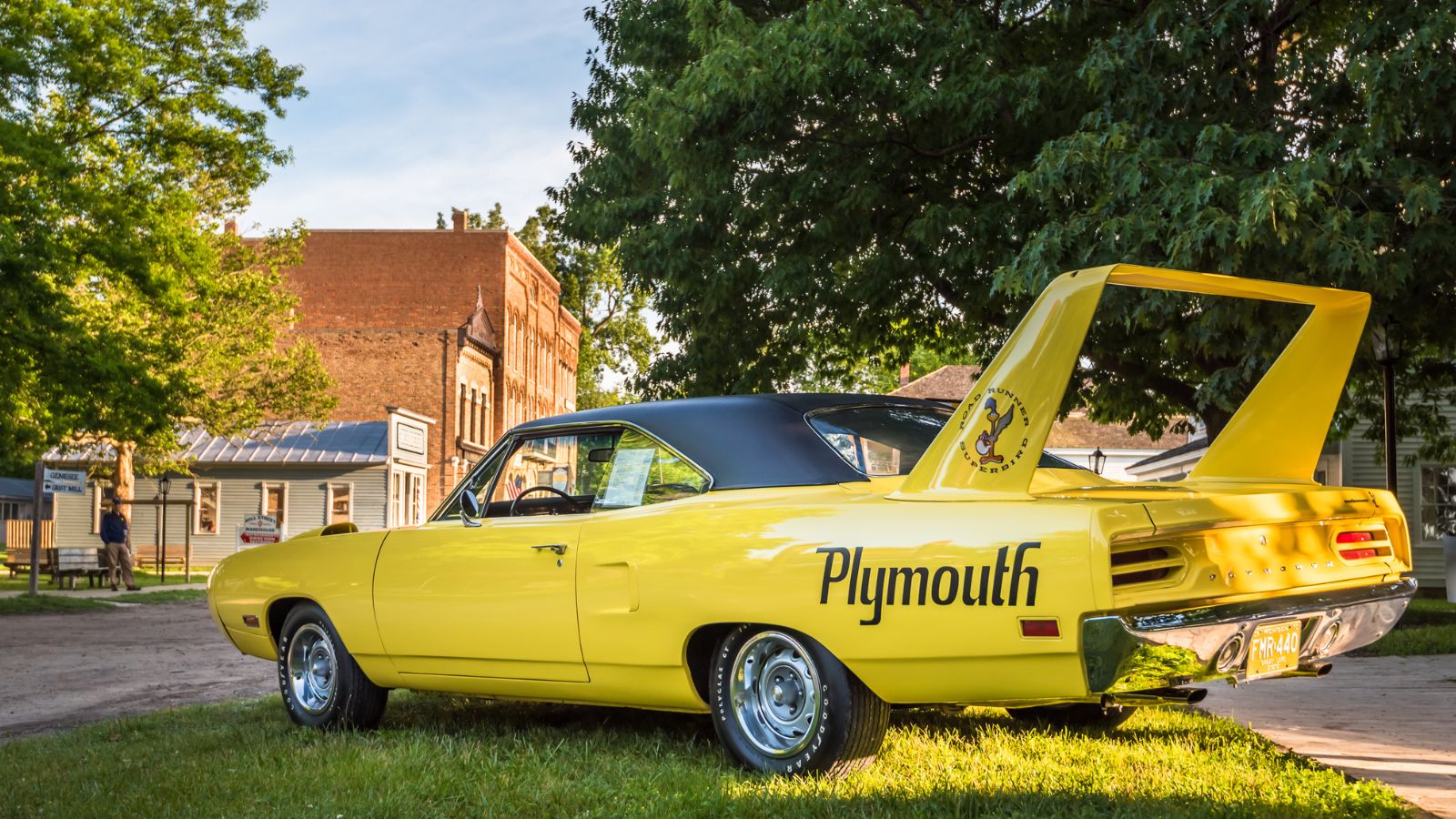
The 1969 Plymouth Road Runner combines raw muscle with a cheeky attitude. Its name was inspired by the Warner Bros. cartoon character, and the car even featured the character’s trademark “Beep-Beep” horn. The Road Runner’s success was due to its combination of raw power and affordability, making it a symbol of American performance in the late 1960s.
1955 Mercedes-Benz 300 SL Gullwing
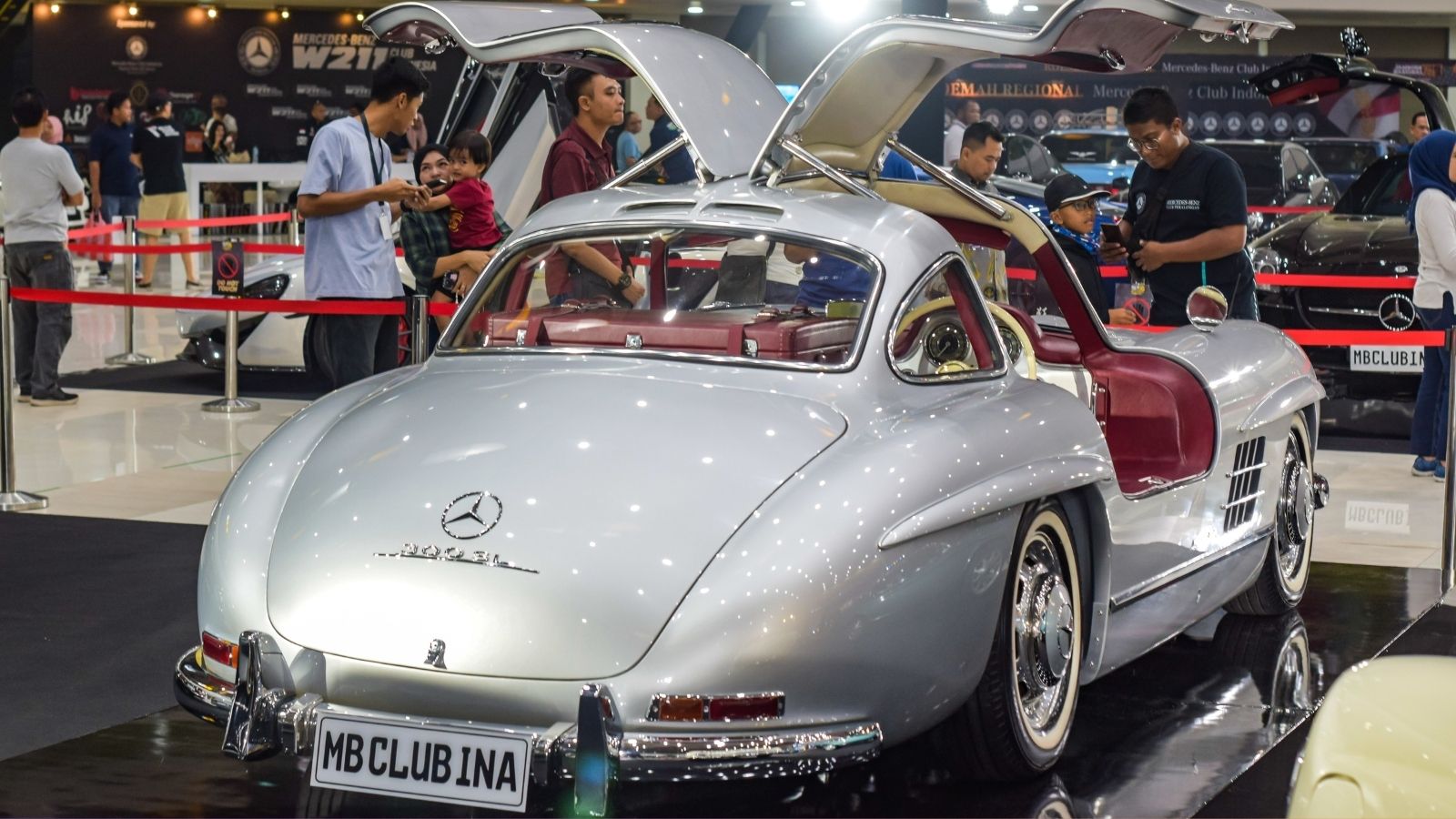
If ever a car deserves a spot in the Louvre, it’s the 1955 Mercedes-Benz 300 SL Gullwing. The car’s sleek, aerodynamic shape was a product of careful engineering, with a long hood and a distinctive rear, optimizing airflow and reducing drag. The 300 SL also introduced fuel injection, enhancing its performance and efficiency. It became an instant success on the racetrack and in the showroom, cementing its place as a symbol of luxury, innovation, and design excellence. And, with only 1,400 units built, it remains a highly coveted classic.
1966 Pontiac GTO
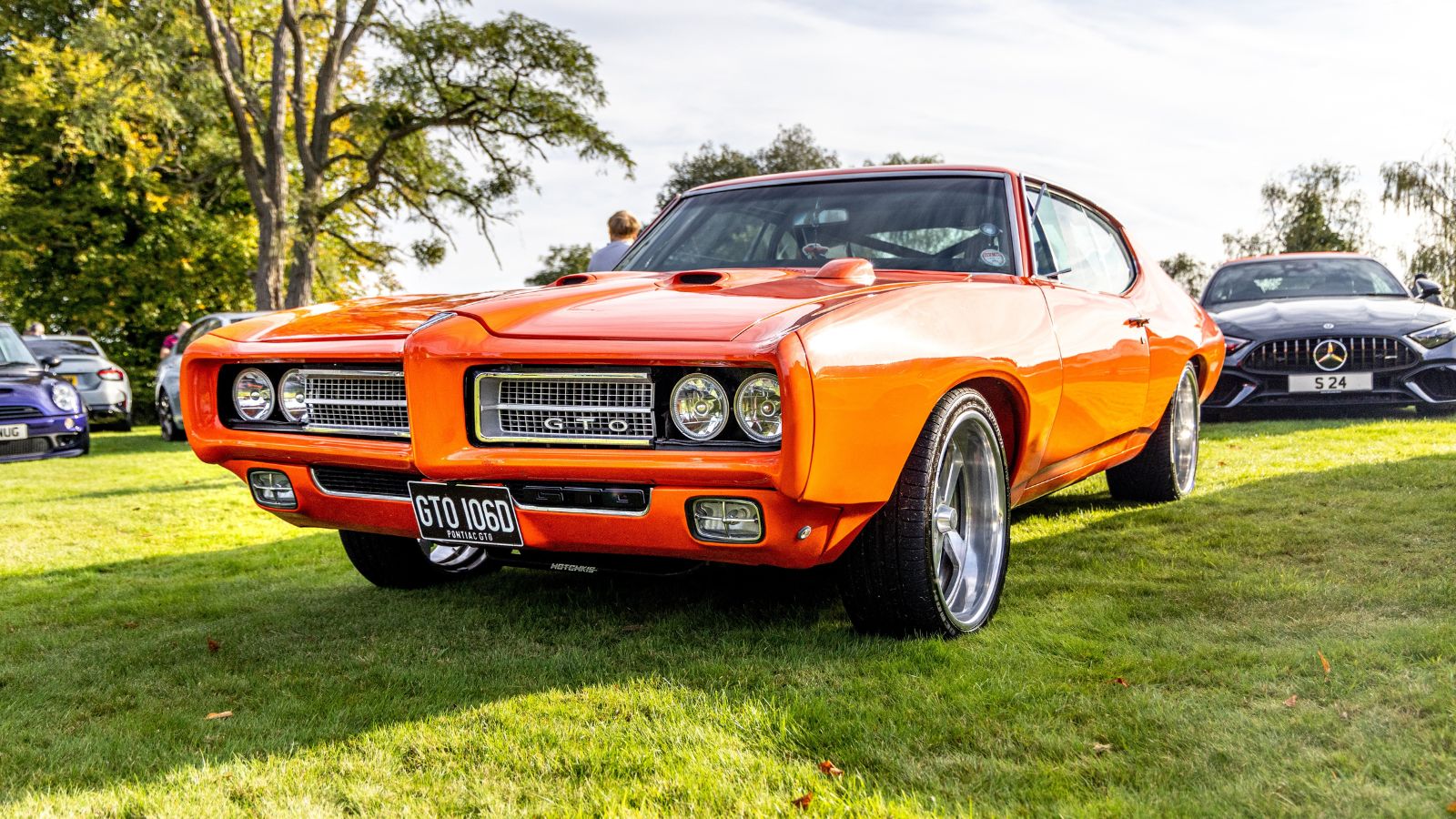
The Pontiac GTO practically invented the muscle car genre. Initially a trim option for the Pontiac Tempest, it became a standalone model, offering a robust 389-cubic inch V8 engine that produced up to 360 horsepower with a Tri-Power carburetor. The GTO’s sleek, aggressive design featured a long hood, short rear deck, and distinctive “GTO” badging. It also introduced a more refined interior than previous muscle cars, with bucket seats and a center console.
1970 Plymouth Barracuda
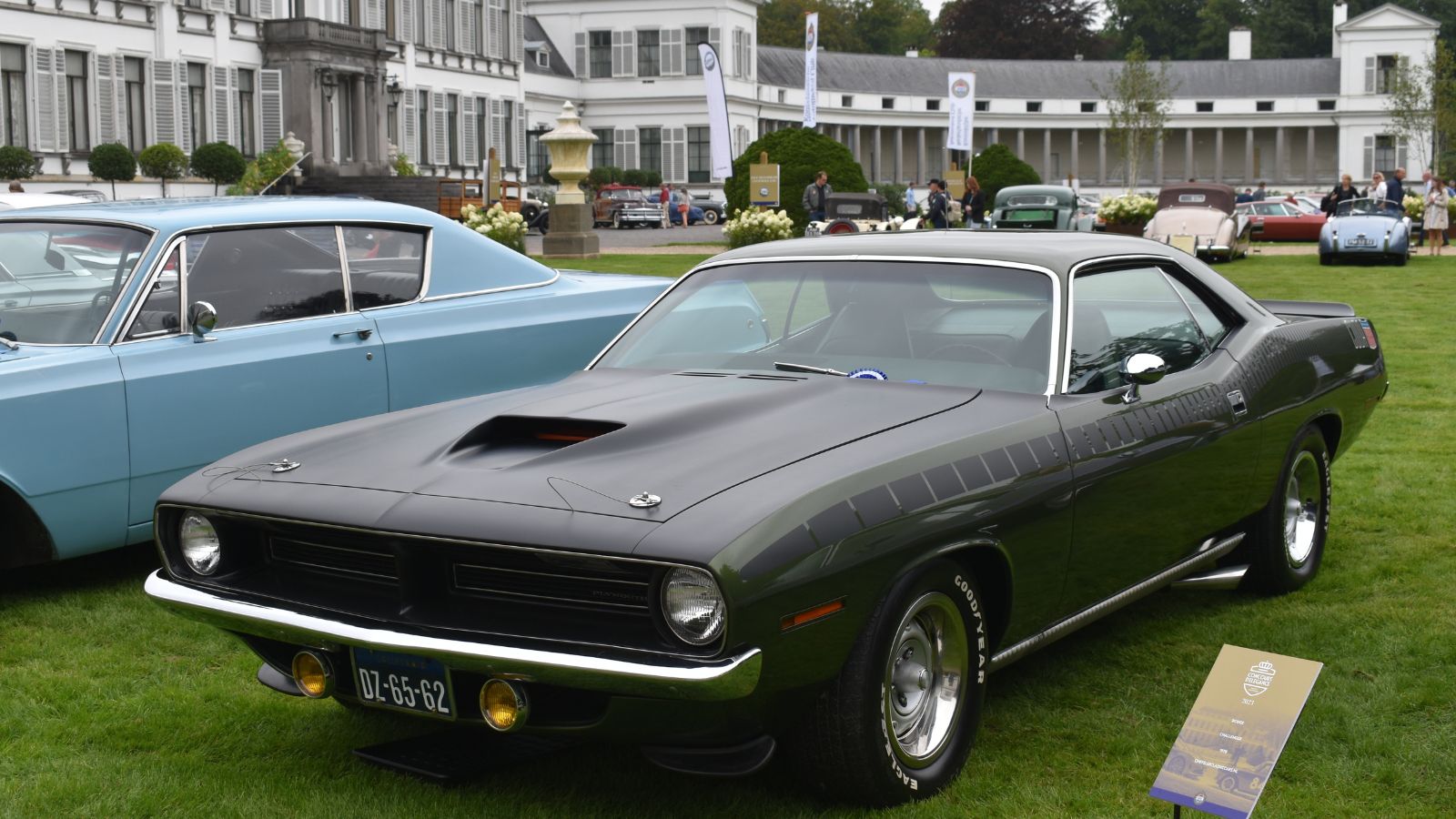
The ’70 ‘Cuda is a showstopper, especially when equipped with the legendary HEMI V8. The 1970 Barracuda also featured a heavy-duty suspension capable of high-speed handling. Additionally, it had iconic options like the Shaker hood scoop and distinctive rear fender gills. The car was available with a 4-speed manual or automatic transmission. The 1970 Plymouth Barracuda became an instant collector’s item due to its performance, unique design, and enduring status in American muscle car history.
1961 Jaguar E-Type
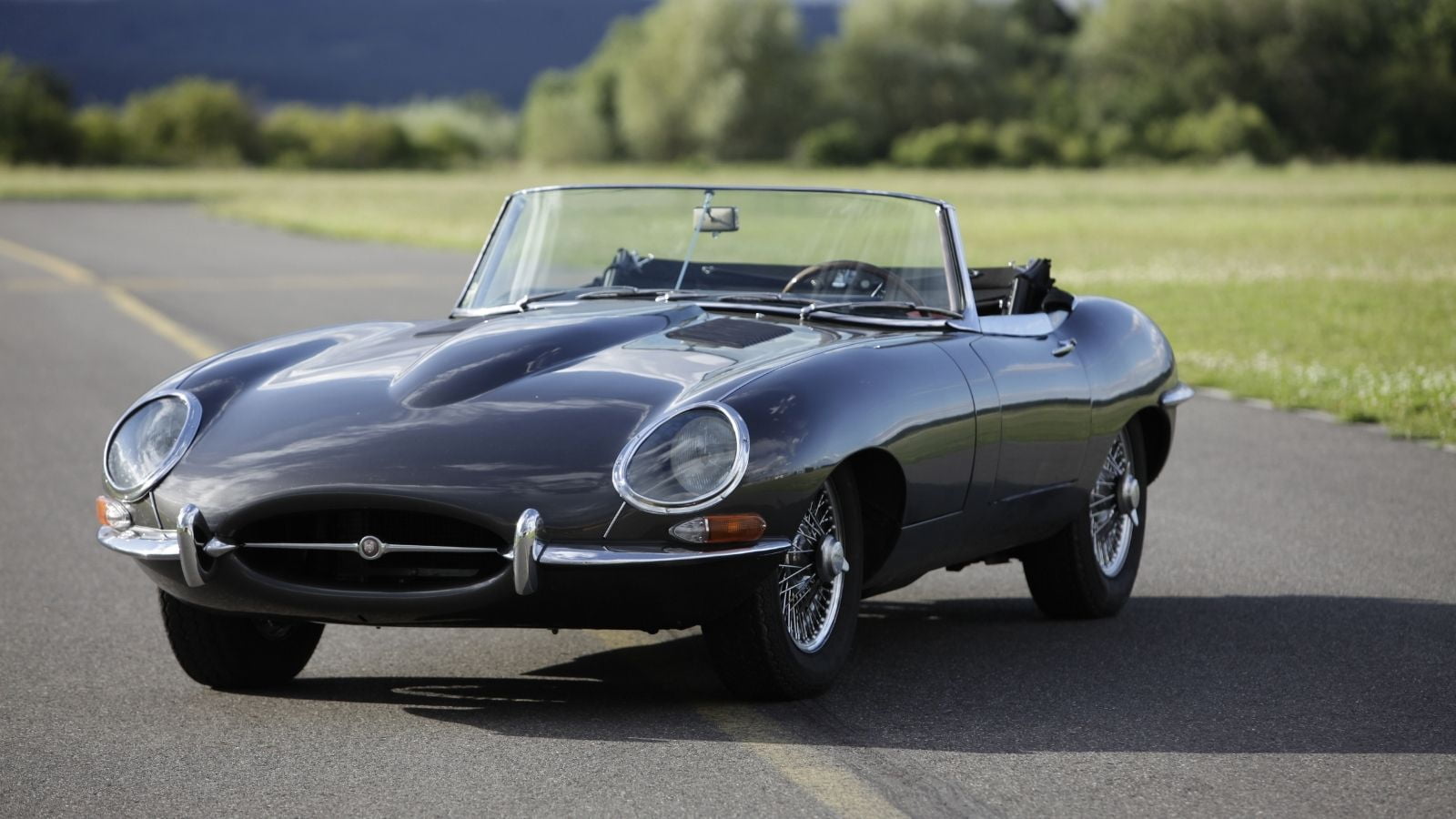
Even Enzo Ferrari, the godfather of Italian supercars, called the Jaguar E-Type “the most beautiful car ever made.” Unveiled at the Geneva Motor Show, this British masterpiece boasted a 3.8-liter straight-six engine capable of a then-thrilling 150 mph. And, with its aerodynamic curves and sensuous long hood, it looked like it was speeding even while parked. Designed by Malcolm Sayer, the E-Type became a 1960s icon, blending sex appeal and speed.
1949 Mercury Eight
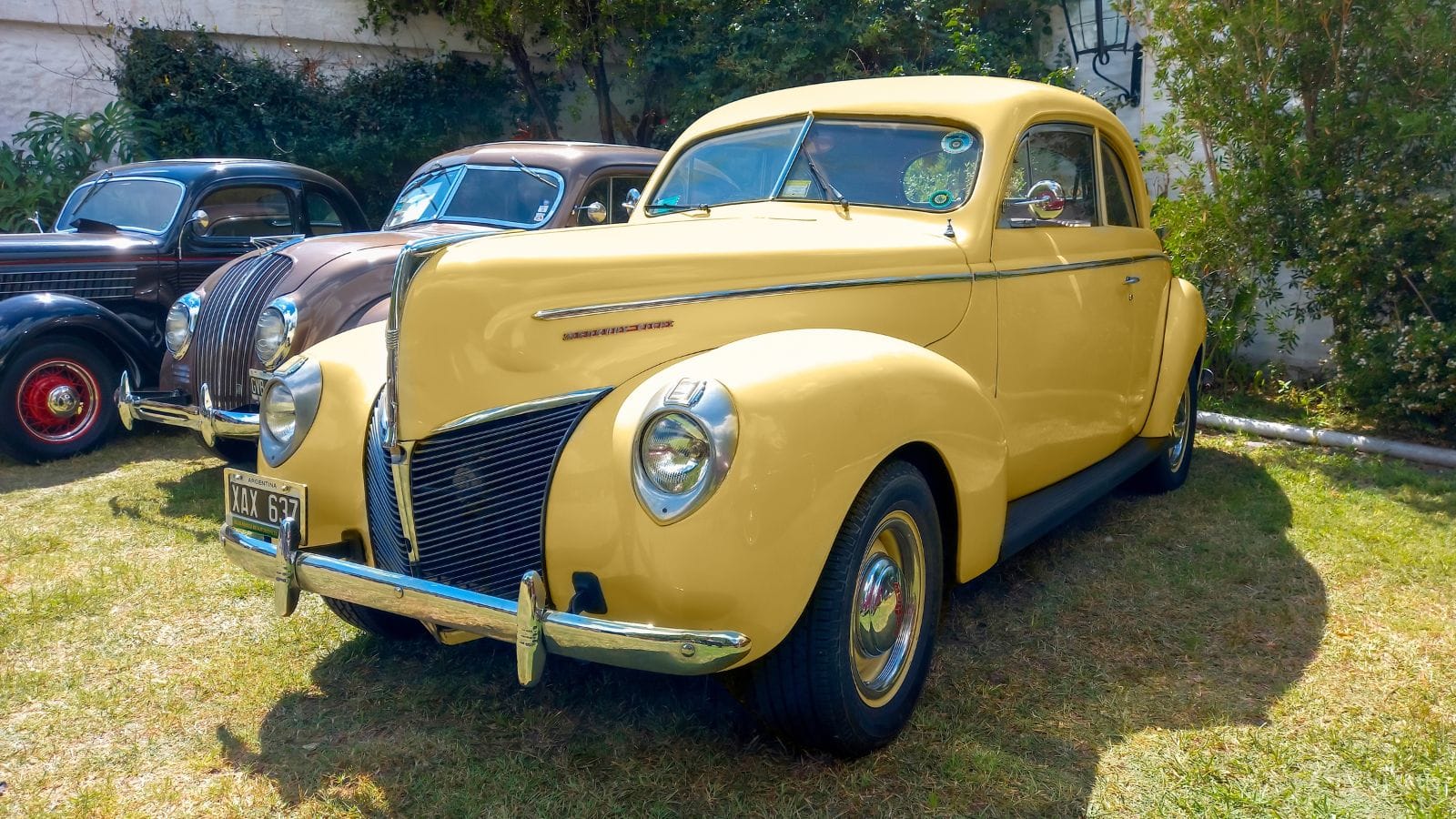
The Mercury Eight, immortalized in countless hot-rod culture films, is the ultimate lead sled. Under the hood, a robust 255-cubic-inch flathead V8 roared with 110 horsepower, giving drivers the power to peel out or cruise in style. Its streamlined body and longer wheelbase (118 inches) made it a hit with customizers; it practically begged to be chopped, dropped, and made into a hot rod. Notably, it’s also the car that got James Dean’s Rebel Without a Causecool-guy seal of approval.
1971 Dodge Challenger
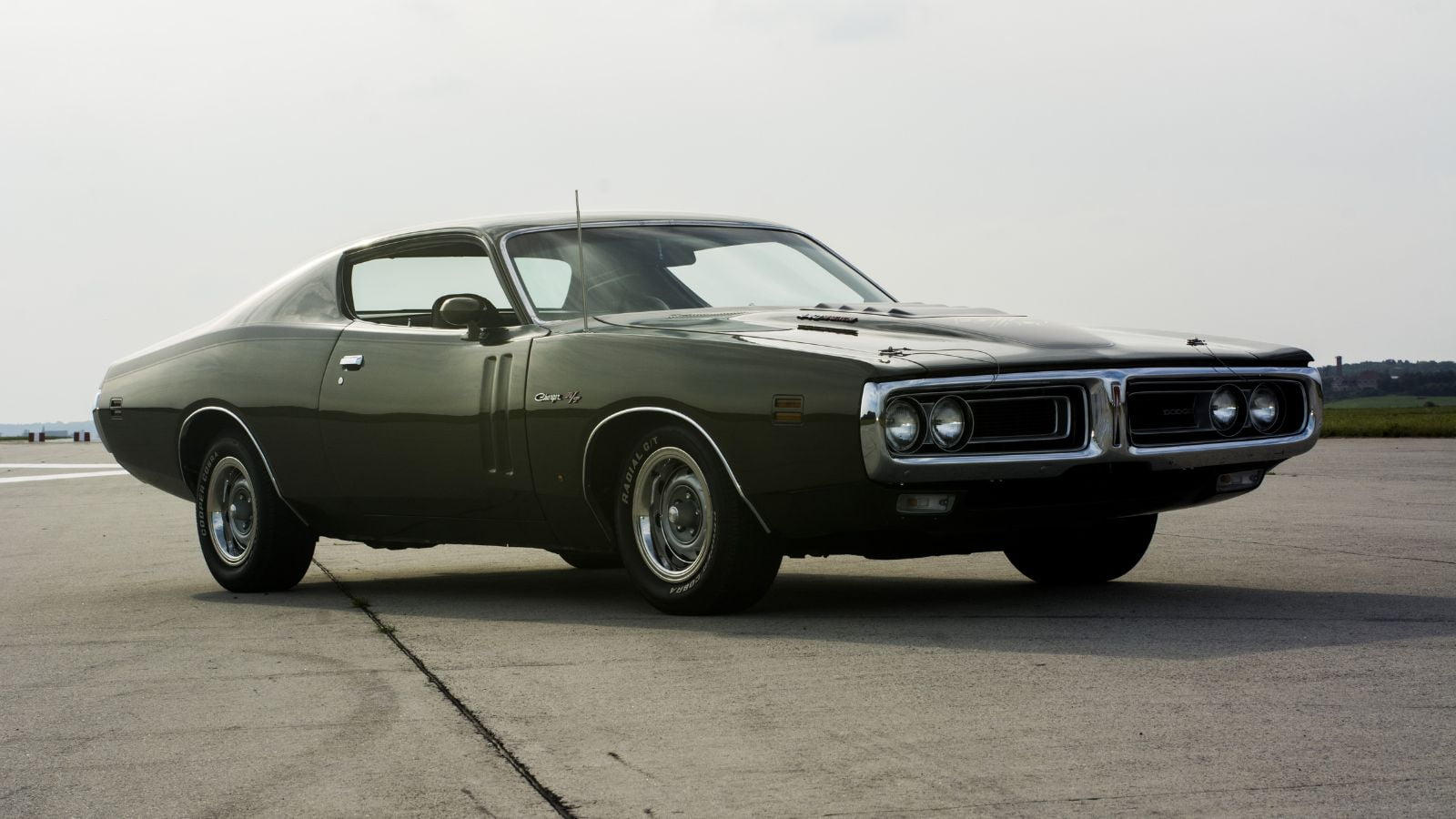
The Dodge Challenger of the early ’70s was a pony car with a lot of muscle. It was available in hardtop or convertible and could be dressed up as anything from a grocery-getter to a tire-slaying beast, thanks to engine options ranging from a tame 225-cubic-inch slant-six to the bonkers 426 HEMI V8. Also, the R/T and SE trims added sporty and luxurious touches because even a bruiser needs a little class.
1932 Ford Deuce Coupe
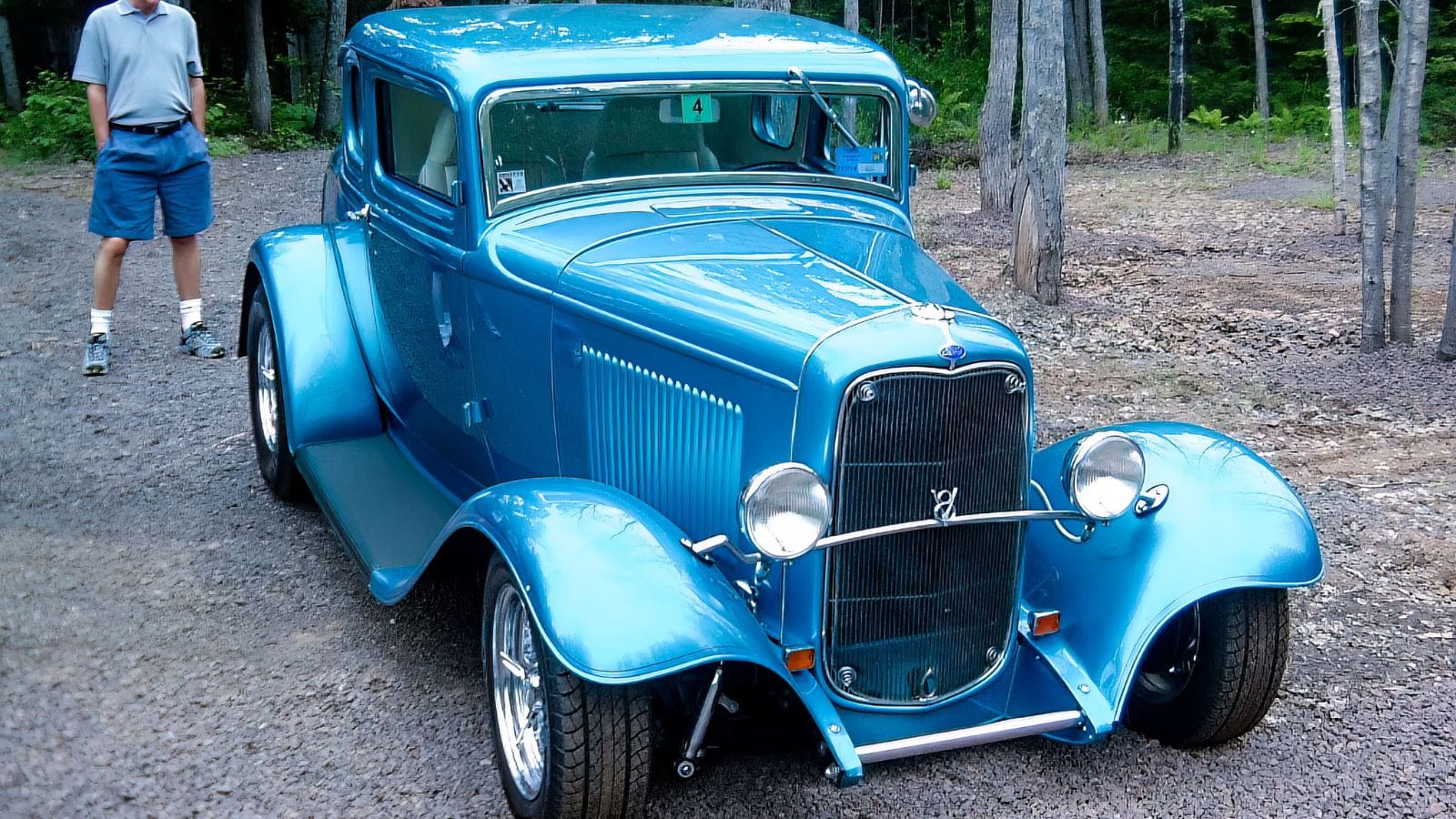
This hot rod icon is pure Americana. This beauty’s nickname, “Deuce,” comes from its year (1932, get it?). Its lightweight steel body and simple design made it a blank canvas for hot-rodding, evolving into a symbol of American car culture. Post-WWII gearheads stuffed it with monster engines, chopped the roofs, and painted flames on its sleek flanks. Plus, the Deuce even starred in pop culture, from American Graffiti to Beach Boys songs.
1959 Cadillac Eldorado
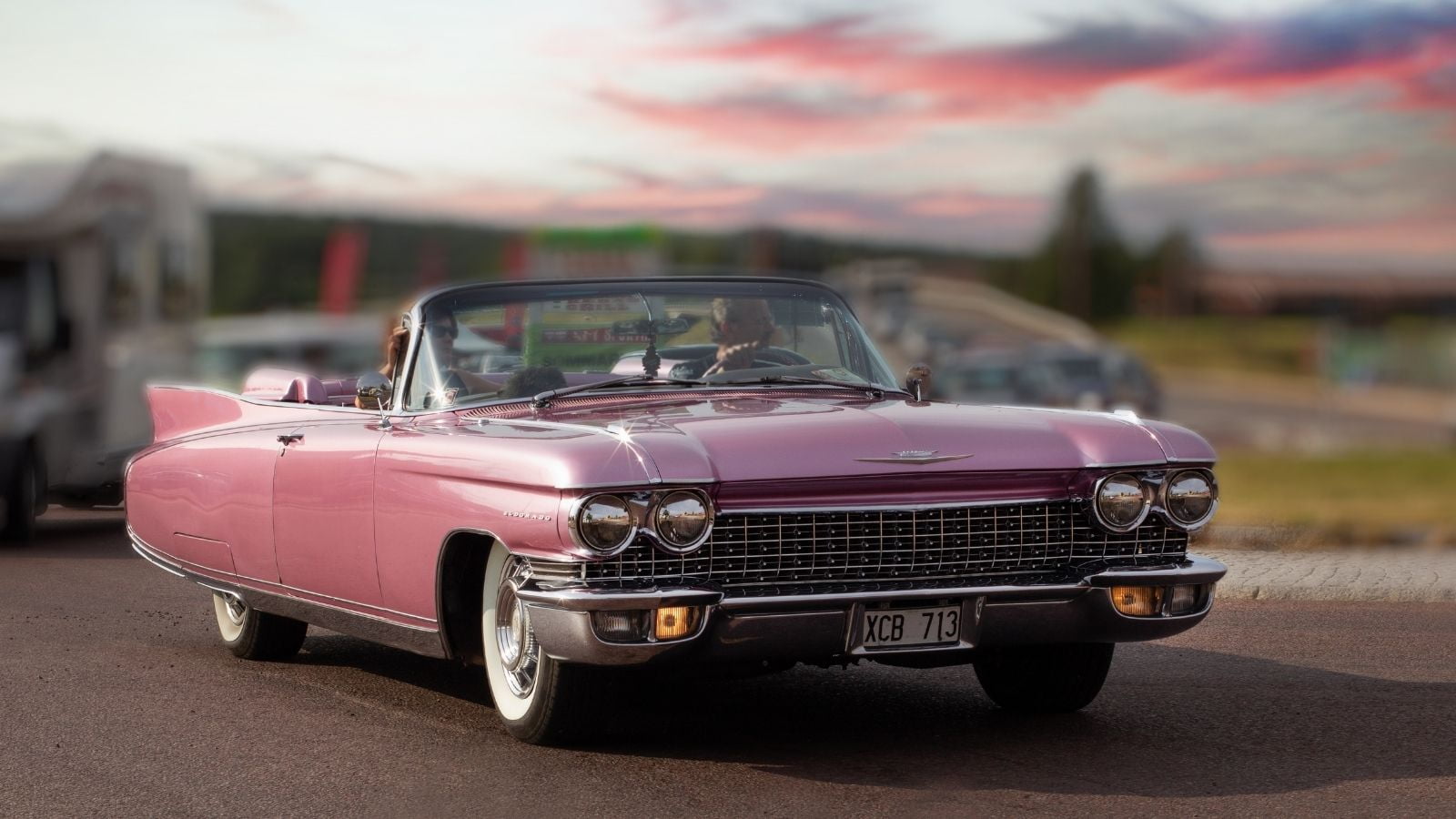
If you’re looking for maximum flash, the 1959 Cadillac Eldorado delivers. In its heart lurked a 390-cubic-inch V8 engine, flexing 345 horses, mated to a silky-smooth Hydra-Matic transmission. It guzzled fuel like a thirsty cowboy but cruised like a Vegas showgirl on roller skates. Chrome? Enough to blind astronauts. Inside, luxury dripped from every seam: electric everything, soft leather seats, and a dash that looked ready to launch into orbit. And, with a $7,401 base price (over $75,000 today), it wasn’t just a car—it was an announcement.
1977 Pontiac Firebird Trans Am
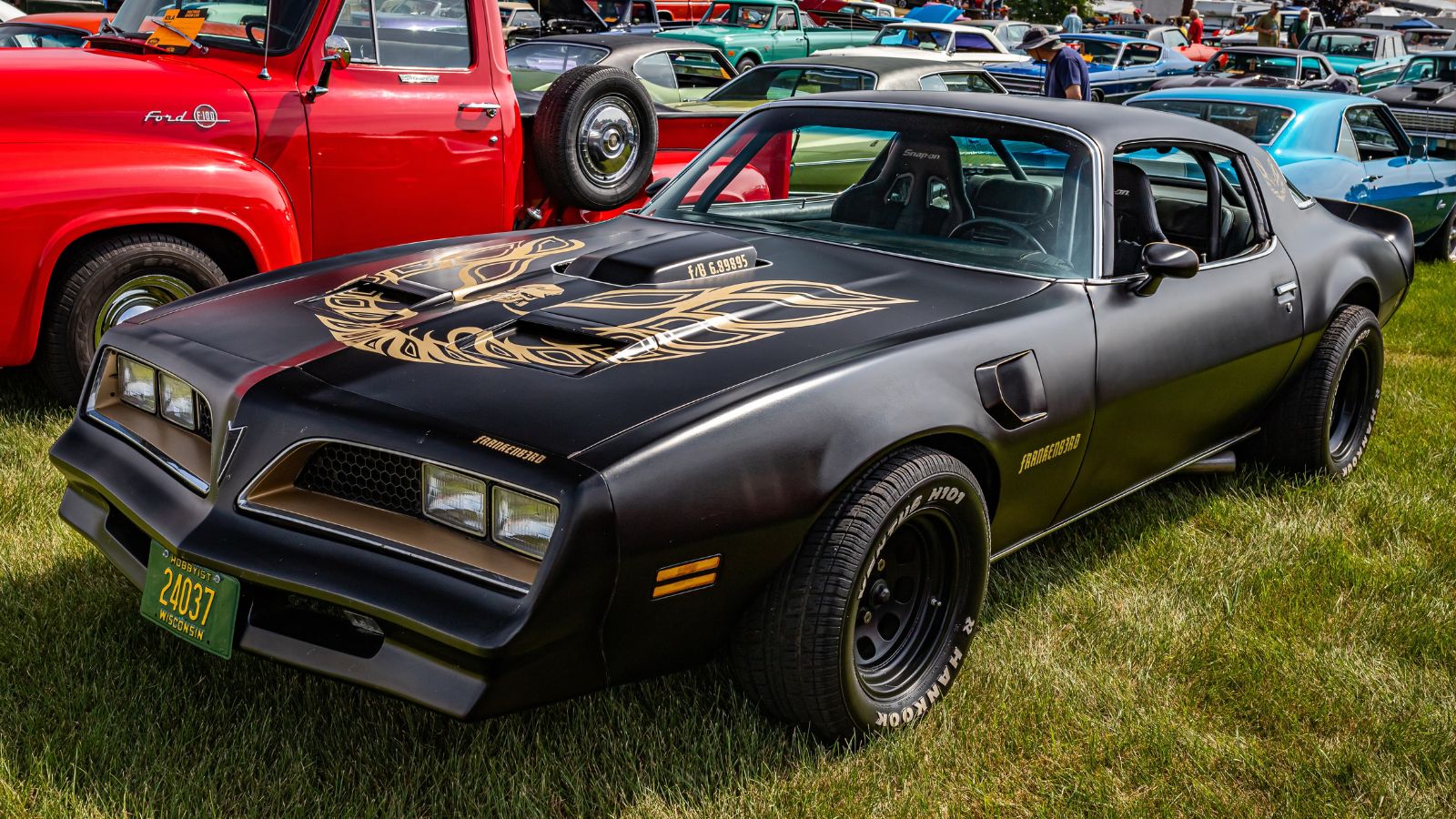
Thanks to Smokey and the Bandit, the 1977 Pontiac Firebird Trans Am became the epitome of cool. The T-top roof option was pure disco-era swagger, perfect for cruising with the wind in your hair—or mullet. The interior was equally bold, featuring a cockpit-style dash and plenty of faux woodgrain because nothing says speed like “classy tree vibes.”
1967 Austin Mini Cooper
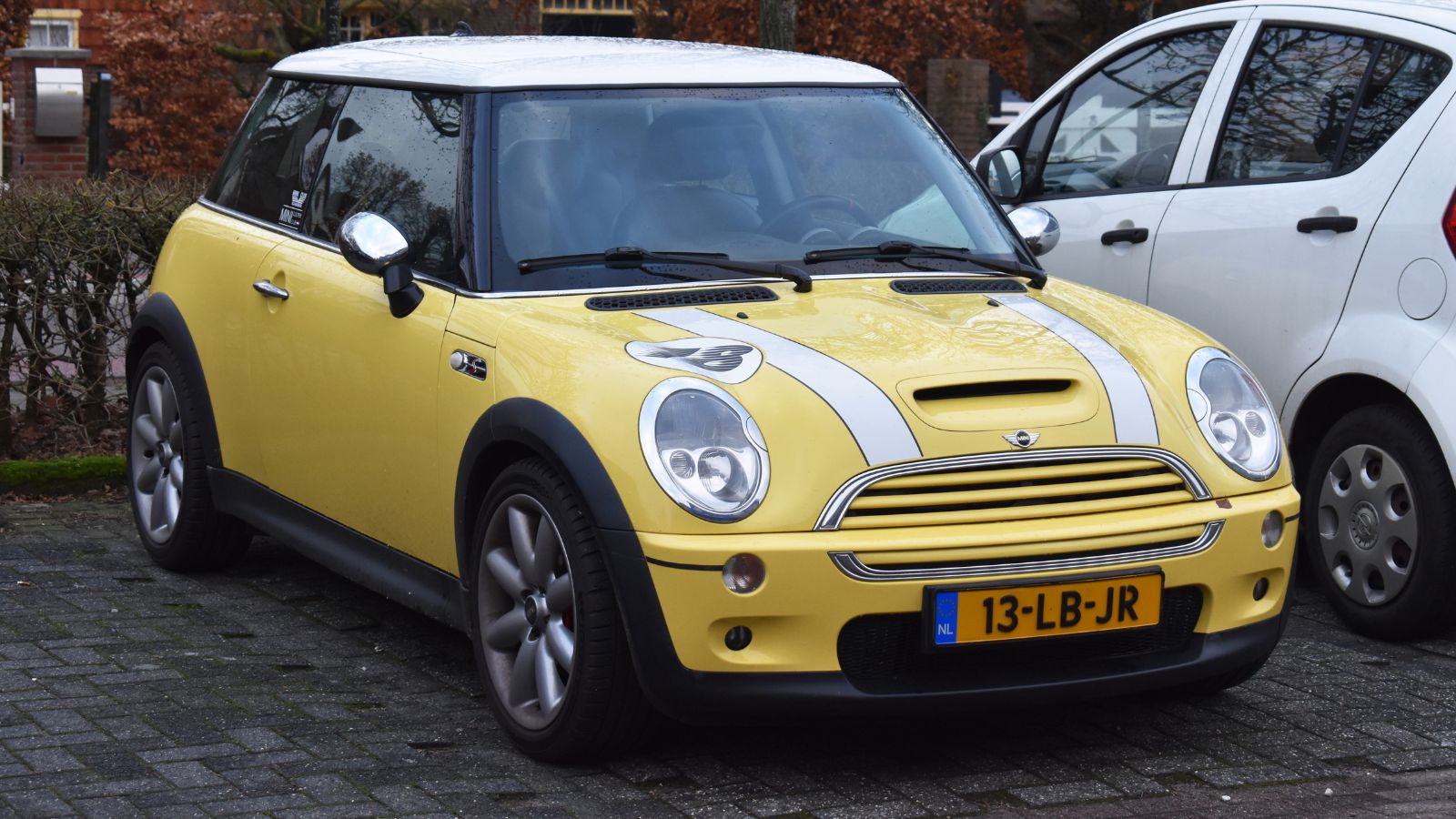
The Mini Cooper proves that bigger isn’t always better. Designed by Sir Alec Issigonis, this pocket rocket housed its engine sideways to maximize space for people, not just pistons. The Cooper version, tuned by John Cooper, packed a punchy 998cc engine producing 55 horsepower. And while that may not sound like much, in a car the size of a shoebox, it was plenty to make zipping through traffic a sport.
1970 Ford Bronco
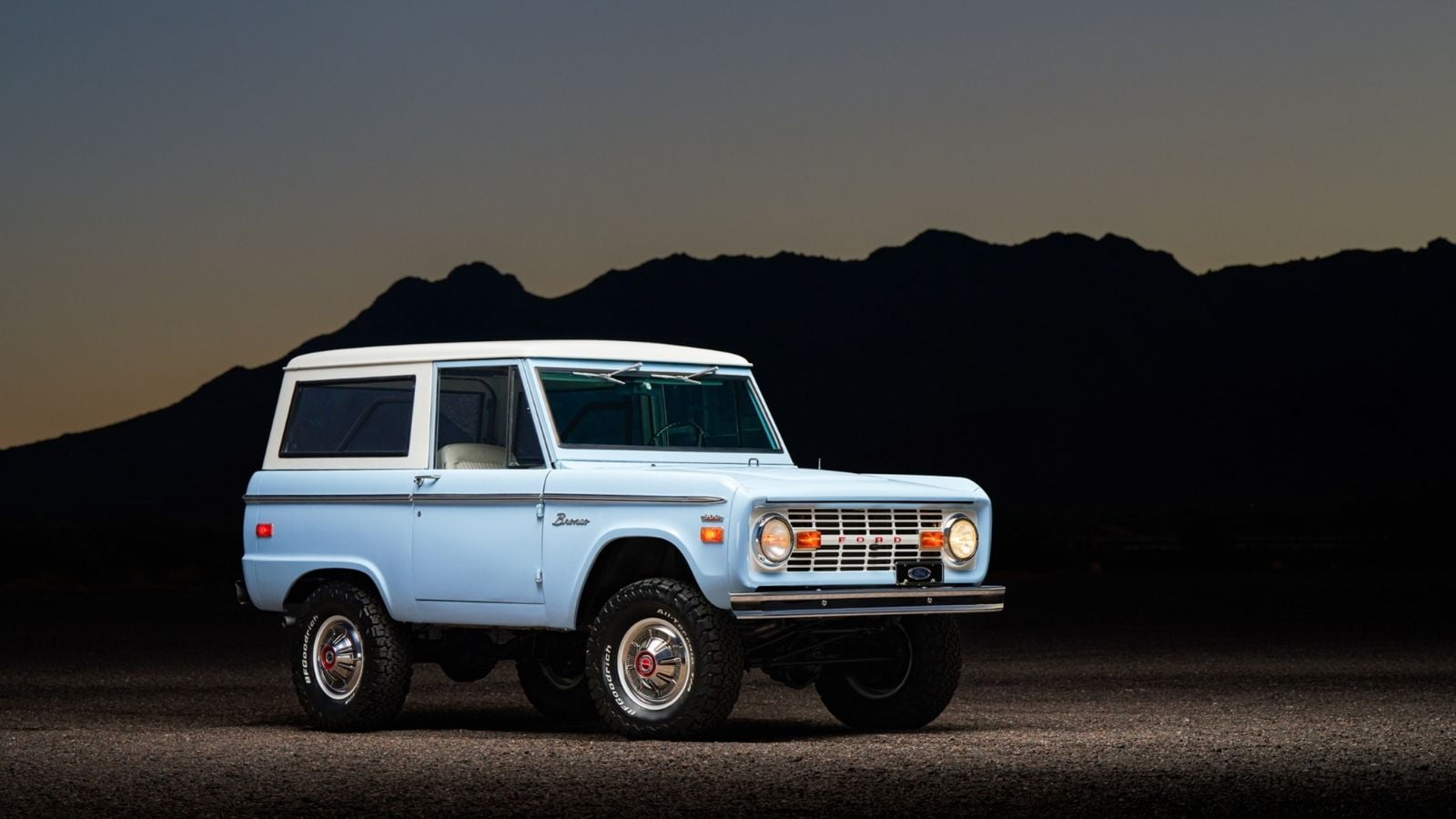
The first-generation Ford Bronco is the classic SUV that looks just as good muddy as it does polished to a mirror shine. Ford’s brainchild from 1966, the Bronco, was a direct jab at Jeep and International Harvester (yes, that tractor company). It sported a simple, honest design: flat panels, straight lines, and a “two-box” layout. Plus, with rugged charm, unkillable construction, and just enough power, the 1970 Bronco became a legend for ranchers, off-roaders, and anyone who loved dirt in their teeth.
1964 Lincoln Continental
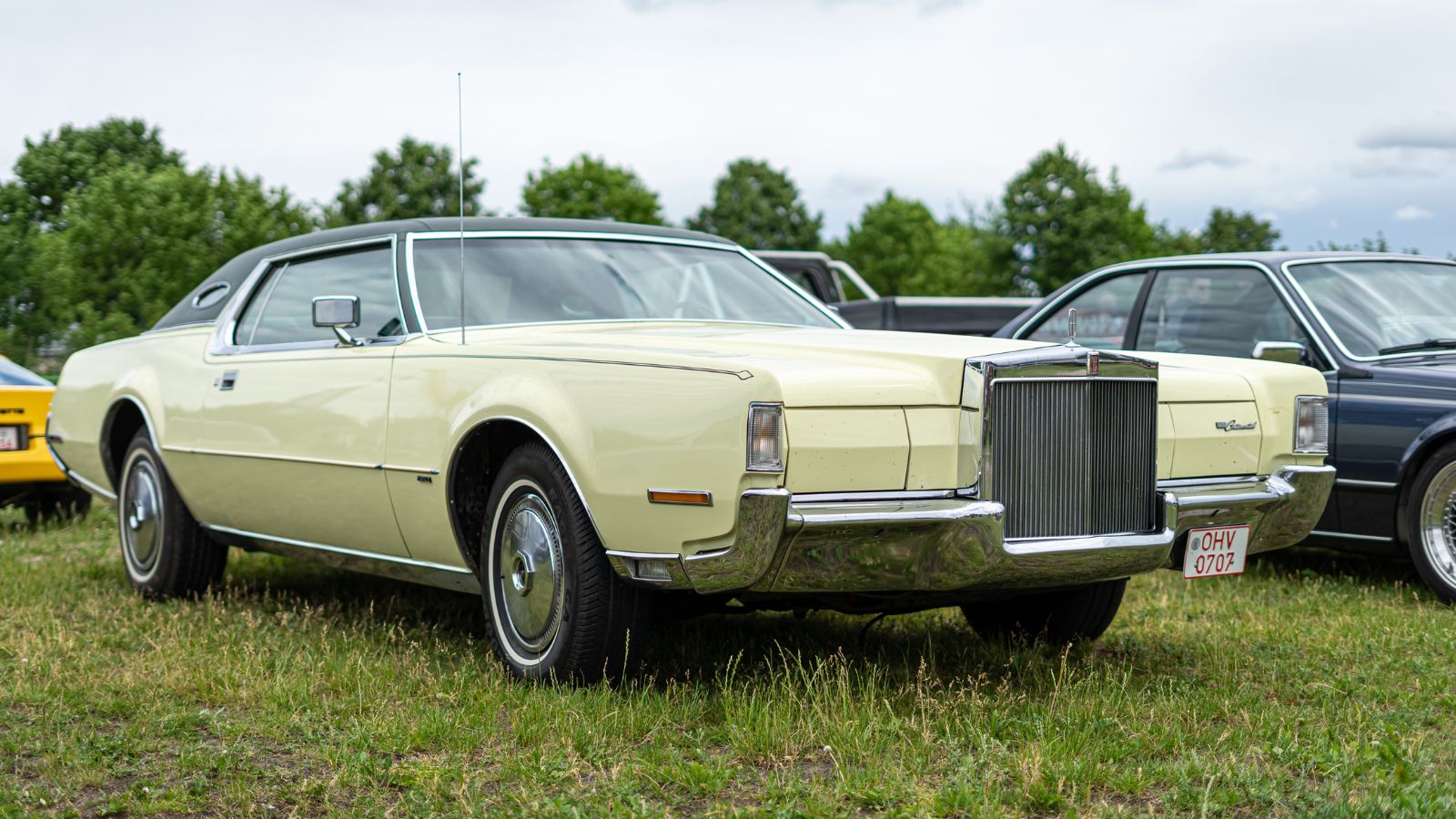
Few cars scream sophistication like the 1964 Lincoln Continental. Famous for its suicide doors (the rear doors that opened backward, like a proper dramatic entrance), this luxury land yacht was a rolling symbol of 1960s American swagger. It boasted a V8 engine with 320 horsepower, ideal for cruising highways in regal silence while sipping imaginary martinis. And fun fact: It was also the presidential limo of choice until one fateful November in 1963.
1978 Volkswagen Beetle
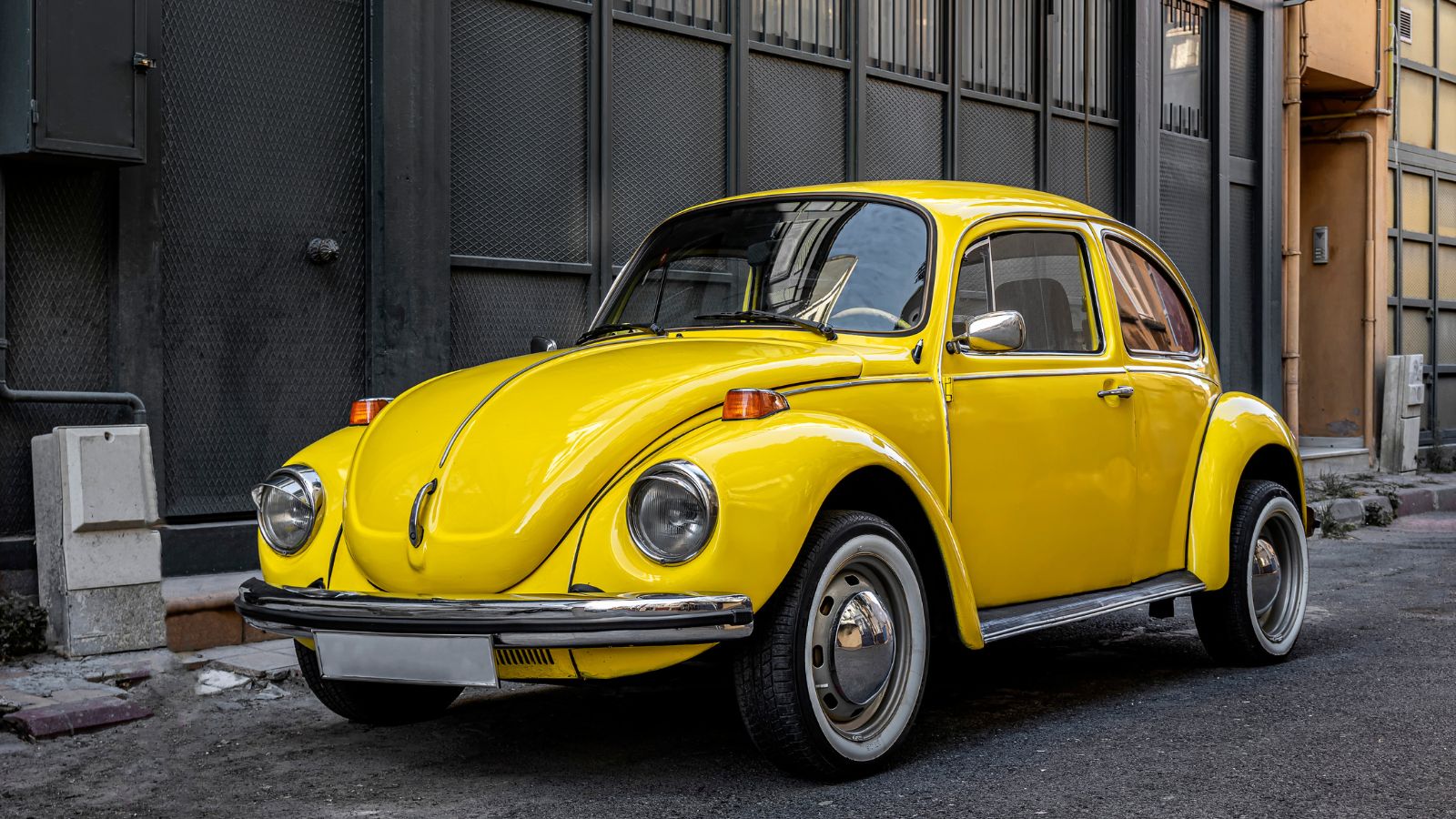
The Volkswagen Beetle’s quirky personality was matched by its distinctive “Bug” design, unchanged for decades, yet still charming the enthusiasts. It featured a rear-engine layout, proving you didn’t need a hood to be cool. Thanks to its simple mechanics, the Beetle was an easy fix—ideal for DIYers who enjoy talking to their cars while working. Plus, the 1978 was near the end of Beetle production for the US, as VW shifted to the Rabbit, the Beetle’s hipper, boxier cousin.
12 Cars That Are Known for Their Unbreakable Reliability — They Just Don’t Quit
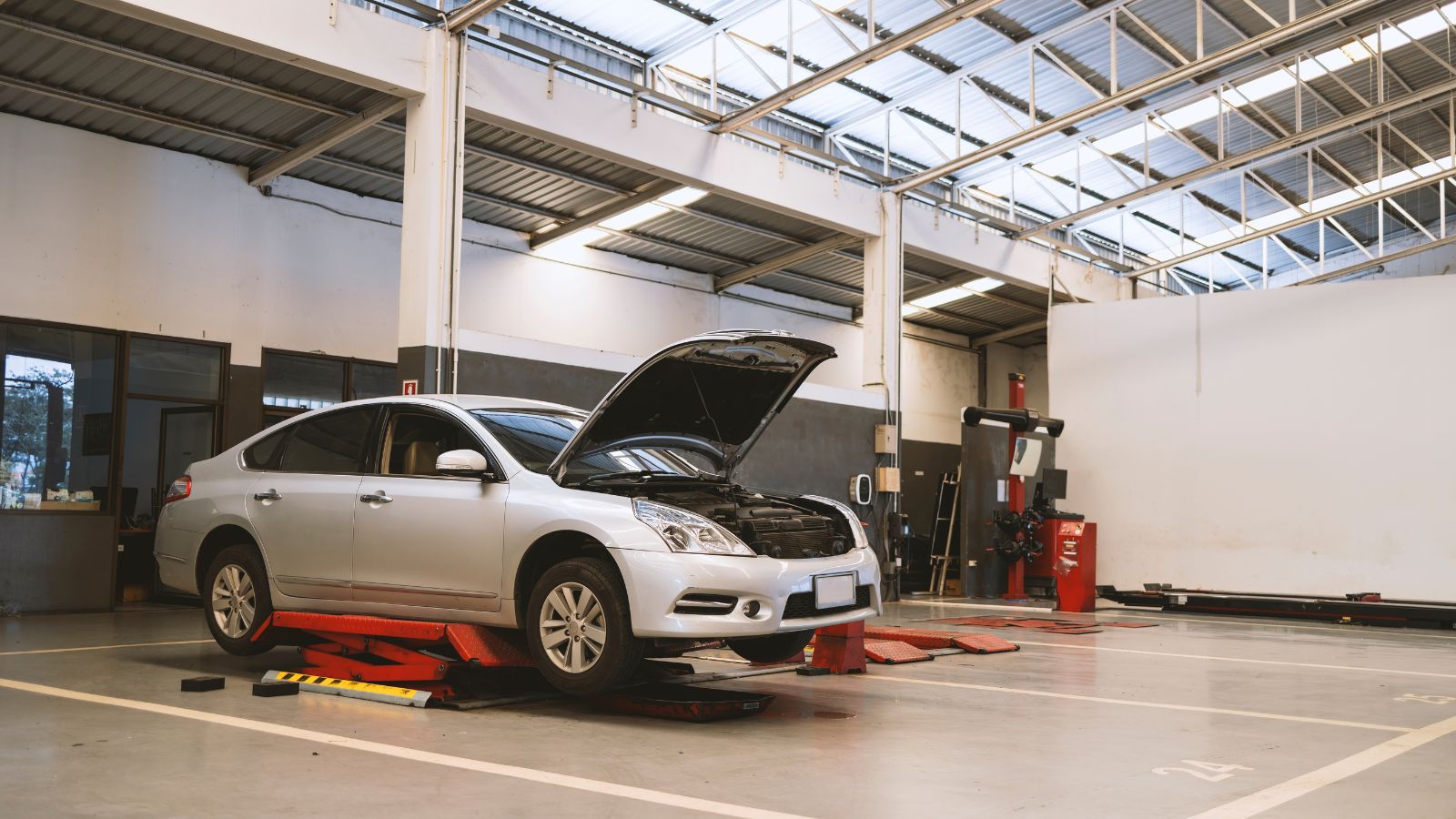
Reliability is a core feature that defines a vehicle. Over the last few decades, some vehicles have emerged as a reliable and durable option, standing out as workhorses that never quit. These vehicles not only prove themselves in terms of performance but transcend their role and become reliable partners, always fulfilling their role. Here are 12 Cars known for their unbreakable reliability.
12 Cars That Are Known for Their Unbreakable Reliability — They Just Don’t Quit
